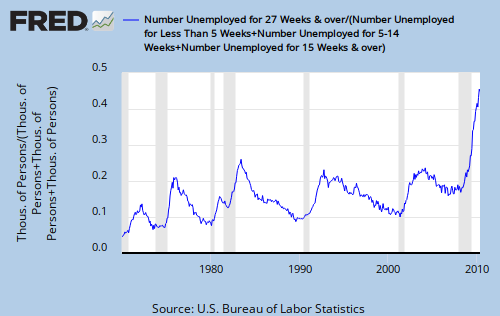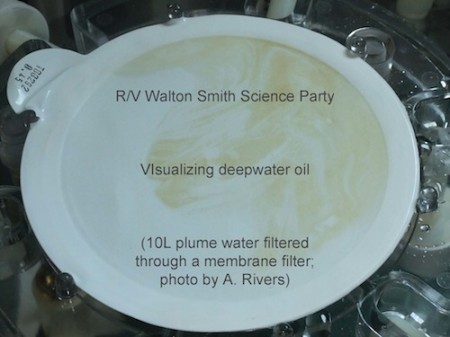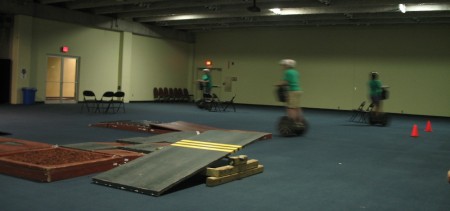
On the last day of our trip we drove an hour west of St. Louis to Meramec Caverns. If you’re ever on I44 heading out of St. Louis you can’t miss it. From 30 km away you start seeing billboards, sometimes in pairs, almost every 100 meters.
Largely this is because it is a privately owned cave. Privately owned also means that they can do things to “enhance” the cave that you would not see at a National Park like Mammoth Cave. The light shows in certain caves were particularly interesting. Our tour guide was pretty good, entertaining and scientifically accurate for a general audience.

The presence of different colors in the rock formations (red, white and black) due to different metals in the carbonate precipitates could tie in very well with our discussion earlier this year of ionic bonding.
There are also historical tie-ins. The cave was the site of a skirmish during the civil war, because the bat guano was being used to produce gunpowder. Jesse James participated in that engagement and later used the cave as a hideout.

Finally, they have a reconstructed hut, which although it has nothing to do with the cave, has a bootlegger’s still does link with our discussion of steam distillation.












